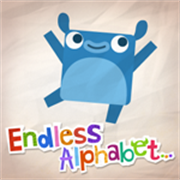Learning From Text
I really connected with this article from the first
paragraph. For the past couple of years I have been exclusively in a primary to
grade three setting, teaching students how to read. Through the Early Literacy
Intervention program and Reading Recovery. The majority of my experience has
been teaching student how to read rather than reading to learn.
Since I am teacher in a small school, I often see the same
students multiple years. They say that students’ ability to read at the end of
grade one is one of the biggest predictors of academic success though their
schooling years. My role is to provide that remediation support
to try to build on their literacy skills where they can be successful in class.
I have often thought, should the remediation support that I am providing to a
student be changed to compensatory support. When it does the balance of support
starts to skew away from remediation. In the meantime, the student is still struggling
to meet the outcomes because of their difficulties with reading. Frustration
and behaviours starts to develop and then what once was a positive learning
experience becomes a negative. The article suggest that when remediation does
not work compensatory strategies need to be put in place. Remediation and
compensatory support, should be provided in unison. This I believe would negate
some of the students frustration and negative outlook toward reading.




 Learning in Context: Reading Comprehension - This extension builds comprehension strategies by reading passages, collecting and focusing on vocabulary words and answering comprehension questions.
Learning in Context: Reading Comprehension - This extension builds comprehension strategies by reading passages, collecting and focusing on vocabulary words and answering comprehension questions. Endless Alphabet - This app teaches students their alphabet and increases their vocabulary.
Endless Alphabet - This app teaches students their alphabet and increases their vocabulary.